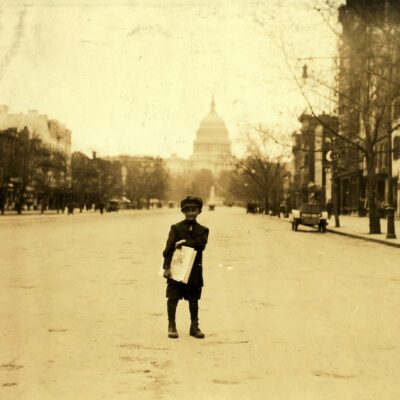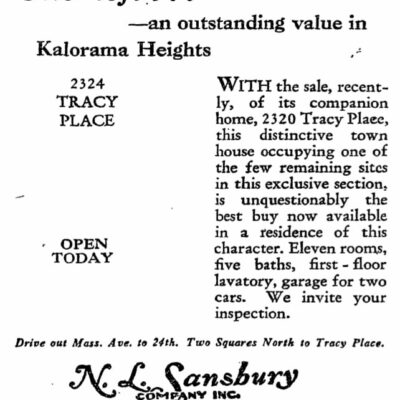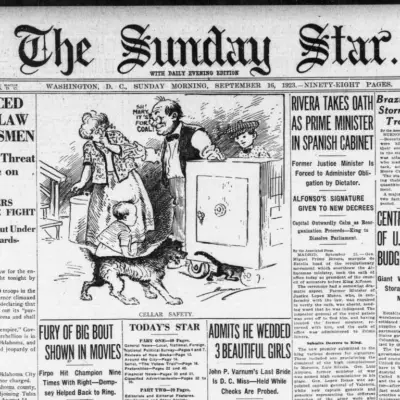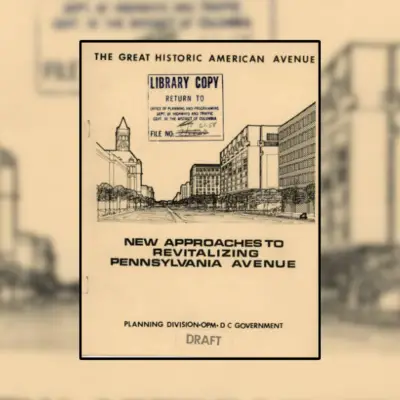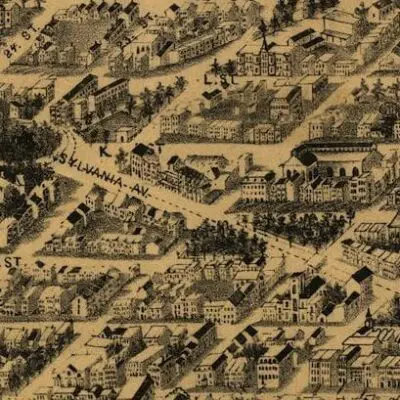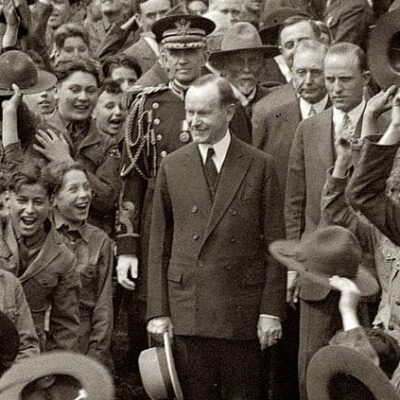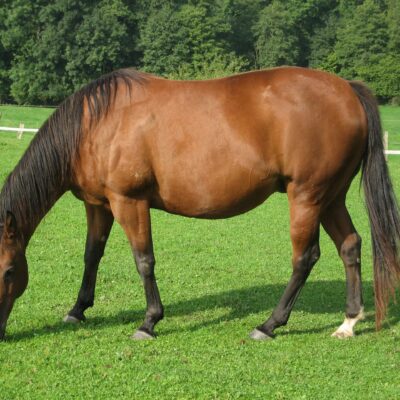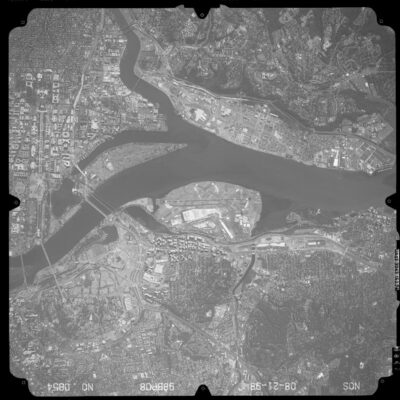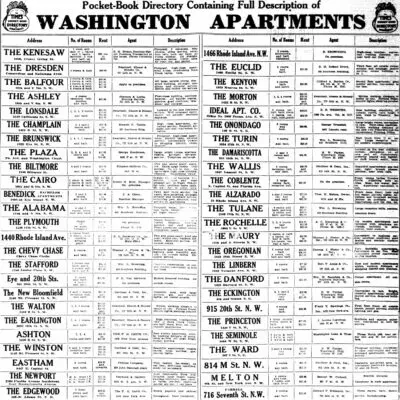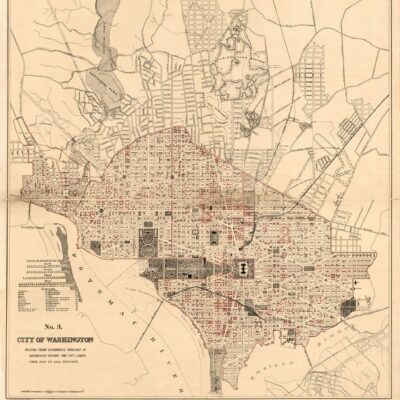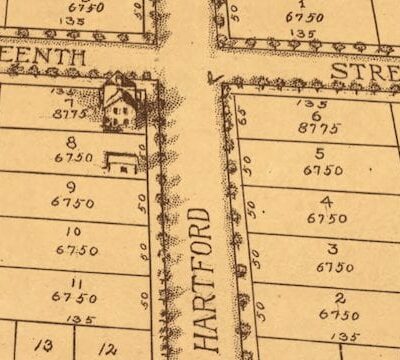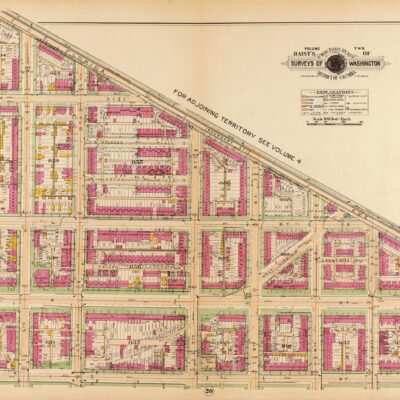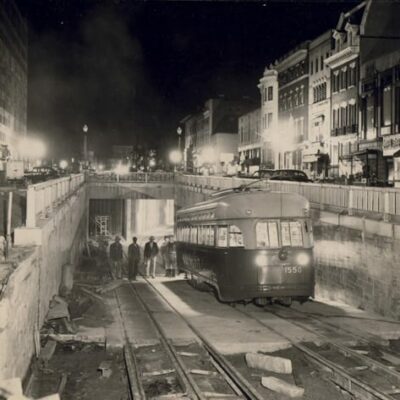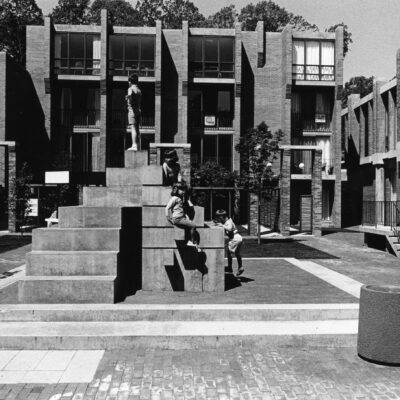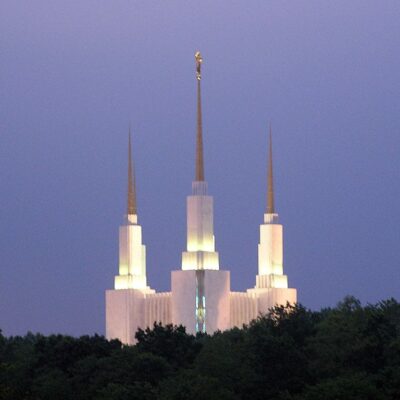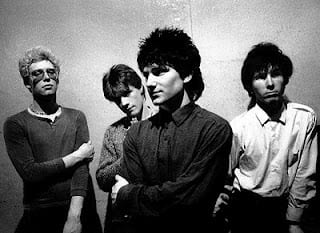
Yep, that’s right. Paul (aka, Bono), Adam, Larry and David (aka, The Edge) rocked the nation’s capital in the early 80s. The Irish supergroup was less super back then, playing small (much smaller) venues like The Bayou in Georgetown and The Ontario Theater in Adams Morgan. How incredible would that be? I’m sure someone reading this went to one of these shows.
During the first half of the 1980s, U2 made four stops in D.C. (once with a two show night). I was able to dig through old newspapers and come up with some great stuff.
The first show in Washington was on December 7th, 1980 at The Bayou on K St. near Wisconsin (where the movie theater is now). This was their second concert in the U.S. after playing the night before at the Ritz in New York. In the December 5th, Baltimore Sun’s “Best bets in D.C.” section, next to a performance by the National Symphony Orchestra was U2, performing with the Slickee Boys at the Bayou.
There is a good post about the Bayou at Georgetown Dish and there appears to be a documentary film in the works.
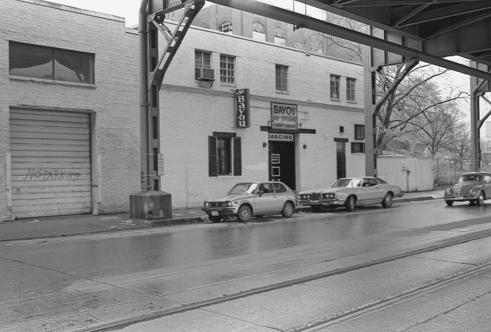

They traveled to Buffalo for the next concert on December 8th. In New York City, while U2 was on stage, Mark David Chapman shot John Lennon and killed him. The band’s next show would be their first in Canada. The show in Toronto was raw and emotional, receiving rave reviews from the press.
The band returned the following spring and again played the Bayou. They had a two concert night on March 3rd, 1981, again with the Slickee Boys opening. Tickets were $3! The last time they played around here, crappy seats were $125.

The following morning, George Mason graduate, Harry Sumrall wrote a great review of their performance in the Washington Post.
U-2 is like a lot of other groups. Their music has the hard edge of new wave, like other groups’. They rely heavily on electronics and their melodicism derives primarily from the ’60s British sound, like other groups’.
Forget the other groups. Remember U-2.
The Dublin-based group appeared last night at the bayou and this city’s perception of new wave may never be the same. Tearing away at the crowd with searing guitar solos and jittery, electronically echoed vocals, U-2 also brought to their performance a sense of refinement that has been lacking in rock for some time.
The musicians have smoothed out the rough edges of punk while not relinquishing any of that style’s punch and verve. Cool harmonies, subtle dynamic touches and intricate, almost dissonant melodies combined to produce a sound that was at once enlightening and exciting.
“Stories for Boys” was a compositional tour de force, with haunting minor-key chords and moody lyrics that were contrasted by pounding beats and a throbbing bass line.
U-2 like the Police and the Clash are taking new wave to the next, higher, musical level. Their music is still simple, but never simplistic and simply marvelous.
Their next show was December 11th, 1981 at the Ontario Theater on Columbia Rd. It’s crazy to think that people saw U2 live in Adams Morgan. Tickets for this show were $9.50, a fair bit more than at the Bayou. The British new wave band Bow Wow Wow opened for them that night.

The band took a little break from D.C. until they returned for a concert December 5th, 1984. They upgraded venues again, this time playing DAR Constitution Hall to a sold out crowd. The show sold out so quickly that the band even put a brief apology in the Washington Post, assuring those that didn’t get tickets that they would return the following spring — they did, to the Capital Centre in Maryland.
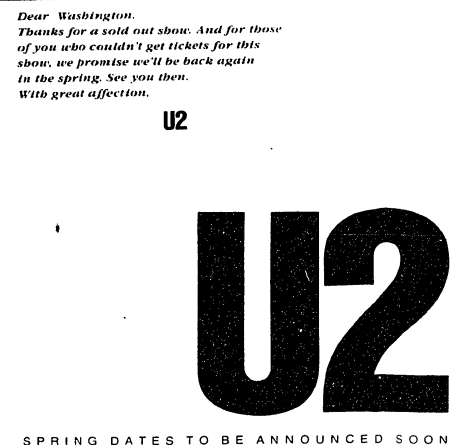
The city was gearing up for U2’s third appearance in the nation’s capital and the fans were ready for another incredible performance.

And they certainly did not disappoint. J.D. Considine wrote the following review the day after, on December 6th.
You couldn’t have asked for a better example of U2’s magic last night at Constitution Hall.
Midway through a rousing rendition of “Sunday Bloody Sunday,” a cry for peace inspired by the Bloody Sunday riots in Northern Ireland, singer Bono Vox broke off to lead the crowd in a chat of “No more, no war!” A girl at the foot of the stage reached up to hand the singer a small bouquet; Bono accepted the flowers, then lifted the girl onto the stage, embracing her as if in demonstration of the brotherhood the song was advocating. The fans roared their approval.
Moments like that are what live rock ‘n’ roll is all about, and they happen all too infrequently these days. More common by far is blind adulation and passive acceptance, in which the stars are cheered merely for walking on stage. There was a fair bit of that, too, in U2’s concert. There were times when the applause in response to the Edge’s guitar flourishes made it impossible to hear what he was playing, and Bono even earned cheers for simply loosening his shirt.
But though the fans’ unfettered enthusiasm tended to blunt the band’s performance, scaling down the dynamics and removing the risk-taking that made previous U2 shows so invigorating, the songs themselves were still strong enough to occasionally life the concert to unexpected peaks.
The next time they came to play in the District was 1987, and by then they were playing RFK stadium. Joshua Tree had been released and the supergroup had arrived. U2 was well on their way to becoming the biggest band on the planet and one of the most influential bands in a generation.
The show played at the Bayou in 1980 was the same one in this video, where they played “I Will Follow.” The dancing is ridiculously 80s. Watch them both, and alternate between them to see the similarities and differences.
And this is the same band today, playing the same song. Amazing. Just amazing.
